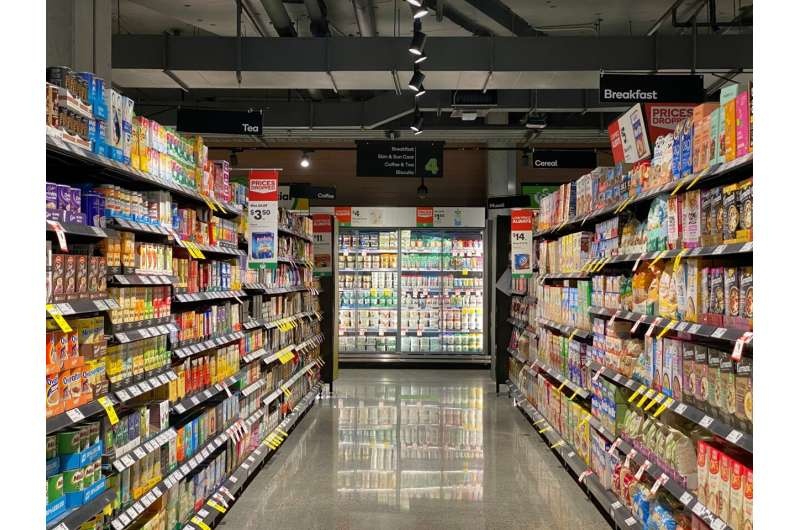Researchers have found that grocery stores can increase their profits by donating unsold food instead of discounting or discarding it. This practice, known as ‘preemptive removal,’ not only helps feed the hungry but also improves the overall quality of the store’s inventory, leading to higher sales and better margins.

Donate and Profit
The research argues that America’s biggest supermarket chains, such as Kroger, Walmart, and Costco, are already donating vast volumes of food to food banks/pantries. In 2022, $3.5 billion worth of food close to 2 billion pounds were donated by retailers across the United States.
The donated food is valued at approximately $2 per pound in 2022. The donations are not only charitable gestures but also enable the companies to obtain tax deductions, reducing their costs and increasing profits. The authors found that there are increasing, marginal benefits to being more aggressive about pulling items at risk of expiry off shelves and using recently vacated space to restock fresh inventory: stores in this category realize revenue from sales and maximize profits.
Well doing the task to enhance Shelf Quality and Customer Point of view
Three things store managers can do with food from their stores before it expires – donate, dispose of, or try to sell at a discount. As a result, not only does it help feed the hungry but also generally raises the quality of the store because you get rid of food that is going to expire soon.
However, if displayed amongst other non-perishable foods and fresh products such as bananas with brown spots this can harm the image of your store. These things can be donated so stores do not have to sell them for a discount, which looks better to the customer overall. The researchers found that when they increase the average quality level of food on display, the average price of food can increase by up to 1%, corresponding to a 33% improvement in profit margins.
Conclusion
Supermarkets that donate unsaleable, soon-to-be-expired food to local food banks can increase sales on their shelves. By discarding items that are about to expire from the shelves, allowing fresher inventory to fill them, and making store sales floors more timeless looking they could drive multiples of margin improvements. Such a ‘win-win’ is possible by marrying corporate social responsibility with innovative supply chain management practices.
